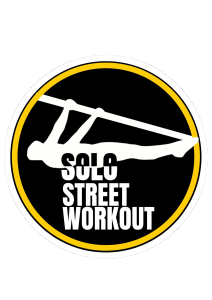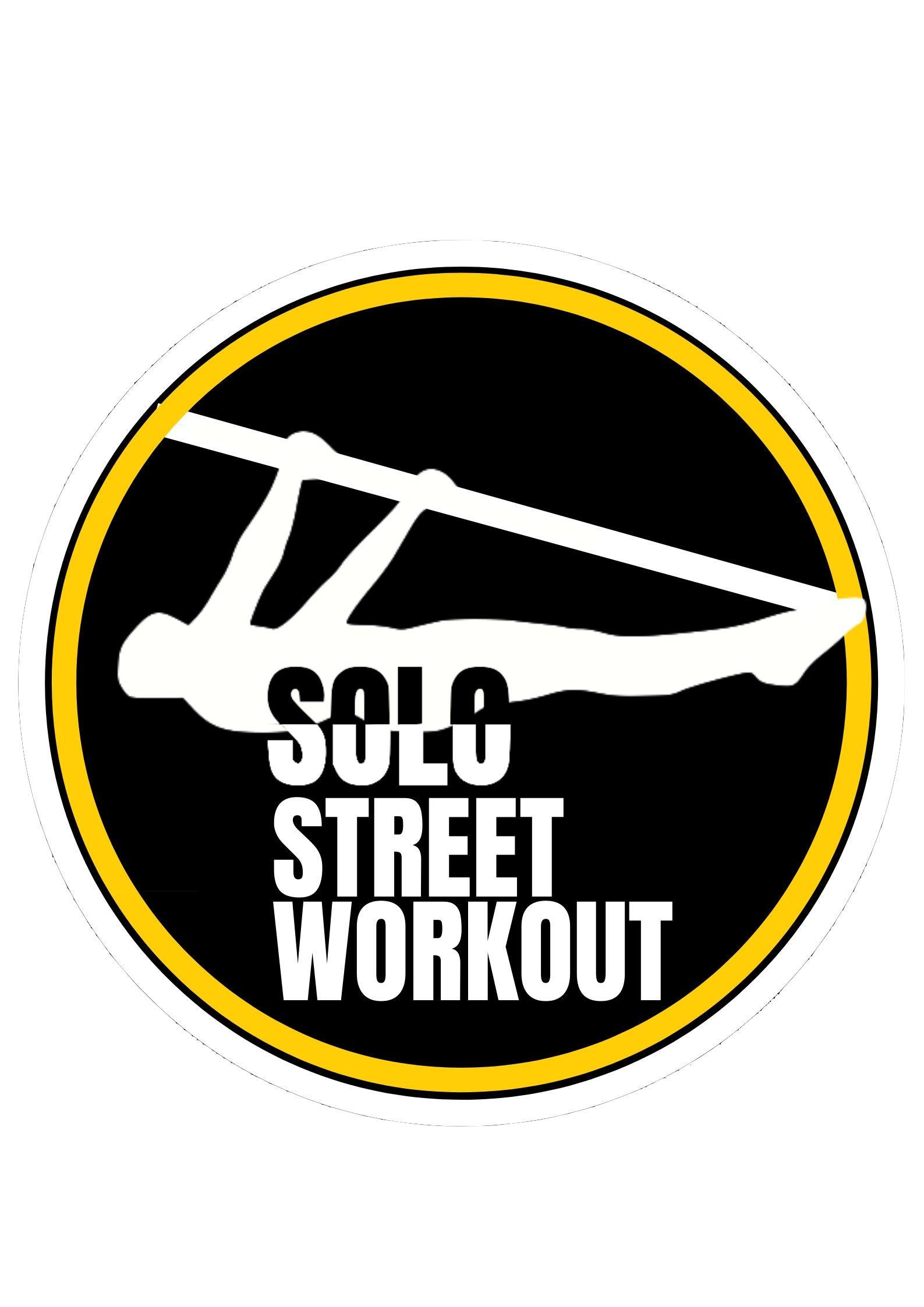HOW TO DO FRONT LEVER | CALISTHENICS GUIDE
Hey! How’s it going? Hope you’re pumped and ready to learn a new move. This time, my main goal is to help you nail the front lever. If you follow my step-by-step guide, I’m sure you’ll master one of the most sought-after statics in Street Workout. To get you there, I’ve broken down the info into three parts: an intro (where you’re at right now), a post with the progressions you need to train, and another with specific routines for this move. Once you finish this, you’ll be able to check out the other front lever articles—don’t miss them!
FRONT LEVER INTRODUCTION
The front lever is an advanced static move, part of the pulling group (you need to pull to perform it). This means the work you’ll be doing is isometric, holding your body in a fixed position. Before focusing on the front lever, you need a solid foundation in the basics, which you can build by training your back with fundamental exercises. Don’t make the mistake of training this move as a beginner—you’ll waste a lot of time and might not ever get it right.
MAIN MUSCLES: Lats
SECONDARY: Traps (middle and upper) – Triceps – Deltoids (rear and front) – Wrist flexors
SUPPORTING: Core – Glutes – Quadriceps – Hamstrings
The front lever requires the activation of multiple muscles. Since it’s a pulling exercise, your back will be the main area responsible for holding you up. Specifically, your lats will take on most of the workload. At a secondary level, many other muscles pitch in, like the traps, deltoids, and triceps. Last but not least, your core and legs play a crucial role in supporting and stabilizing, helping you maintain that iconic parallel-to-the-ground position that defines the front lever.
FRONT LEVER TECHNIQUE

Let’s dive into the technique. Make sure you follow these key points; otherwise, you won’t be doing a full, proper front lever.
Lock your arms: I’m sure you think you’re locking them, but you can lock even more. Notice I didn’t include the biceps in the muscles worked—that’s because you shouldn’t be levering with your biceps; they shouldn’t activate in this move.
Scapular retraction: This is essential to avoid injury and to increase your front lever hold time over the long run. Plus, doing this exercise without good scapular retraction feels super uncomfortable.
Pelvic retroversion: This postural trick is often used in planches and handstands but really should be applied to many exercises—including this one. Squeeze your glutes hard to keep your hips from sagging and losing form.
Point your toes: Extending your toes helps you know when your front lever is fully straightened.
180 degrees: It’s a classic mistake to think your front lever is perfect when you’re still tilted slightly upwards. The correct position is completely perpendicular to the bar, parallel to the ground.
TIPS TO PROGRESS IN THE FRONT LEVER
The front lever demands as much patience and sacrifice as luck. That said, there are some tips to make your journey easier.
-
Master the basics: I don’t want to sound repetitive, but having a solid basic foundation is crucial. Before tackling the front lever, be very strong with pull-ups (and muscle ups if you can). Other must-do exercises include tucked pull-ups, which train a more horizontal pull. The goal is to have a very strong back.
-
Avoid one-leg progressions: The different front lever progressions I explain in another post are useful, but one I don’t like is the one-leg front lever. Training that way can easily create muscle imbalances because you end up favoring one side. If you do use this progression, alternate legs to balance things out.
-
Keep your arms close: Like in most exercises, keeping a narrower grip closer to your body makes the front lever easier. Narrowing your range will help engage the rest of your muscles more effectively. Don’t go overboard though—a very tight grip can make things harder.
-
Go barefoot: Taking off your shoes helps, especially psychologically—you feel lighter. It’s not magic, but once you get used to it, you won’t want to wear shoes for this anymore. Avoid shoes if you can, but whatever it takes for the front lever.
I hope you enjoyed this article on how to do the front lever. Remember to be patient and consistent—it’s a move that takes time. Also, don’t miss the other posts in my front lever guide, where I offer free routines and show you the different progressions. If you have any questions, leave them in the comments and I’ll get back to you ASAP. See you around!






Leave A Comment